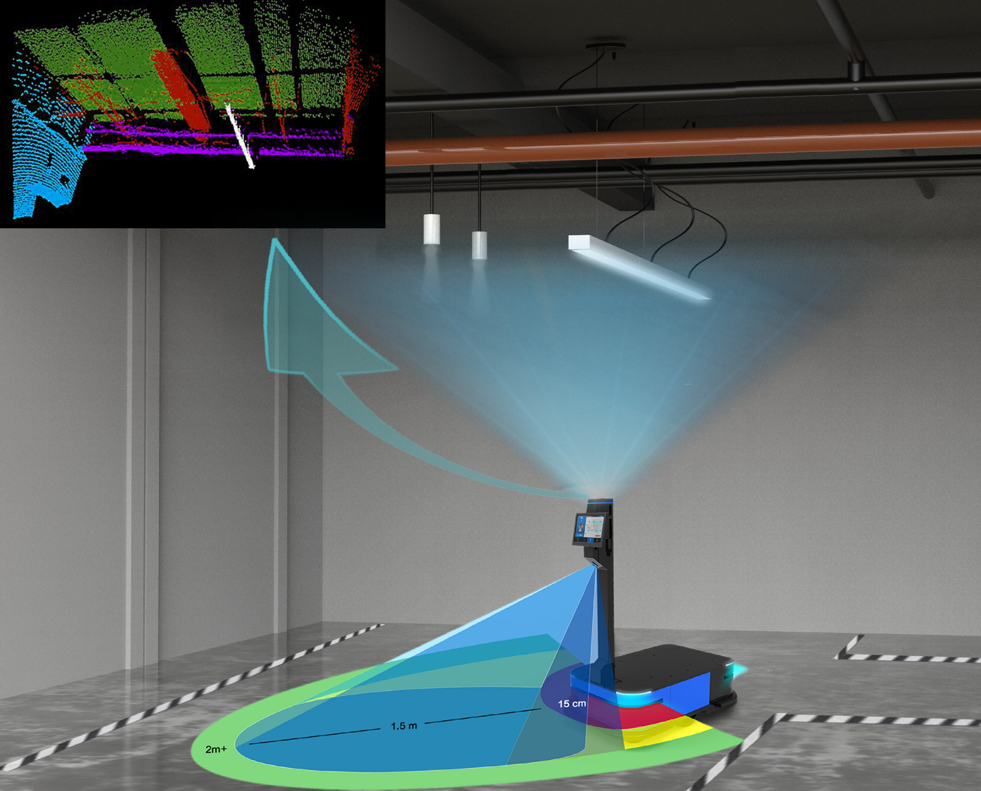Application of 3D Vision in the Field of Mobile Robotics

In recent years, the rapid development of 3D vision technology has revolutionized various fields, and mobile robotics is no exception. As robots increasingly operate in dynamic and unstructured environments, the need for precise and reliable perception systems has become more critical than ever. 3D vision offers mobile robots the ability to perceive the world in three dimensions, providing them with a more accurate and comprehensive understanding of their surroundings. This capability is essential for performing complex tasks such as autonomous navigation, obstacle avoidance, and object manipulation.
Autonomous Navigation and Localization:
3D vision technology enables mobile robots to achieve precise environmental perception and localization. Through 3D SLAM (Simultaneous Localization and Mapping), robots can self-localize and map their surroundings in unknown environments. For instance, RGB-D-based SLAM algorithms leverage depth information to enhance the speed and accuracy of feature matching. Additionally, improved 3D vision systems can perform accurate pose estimation even in complex environments.

Obstacle Detection and Avoidance:
3D vision technology allows mobile robots to effectively detect and avoid obstacles. For example, a 3D vision system based on PMD (Photonic Mixer Device) technology can perform obstacle detection and distance measurement. Moreover, some studies have developed 3D vision systems capable of real-time avoidance of collisions with moving obstacles.
Object Recognition and Interaction:
3D vision technology enhances a robot's ability to recognize objects, enabling better interaction with objects in the environment. For instance, with 3D vision data, robots can execute more complex tasks, such as picking and placing items. Additionally, 3D vision supports general object recognition and pose estimation in complex backgrounds.
Environmental Modeling and Analysis:
3D vision technology allows robots to create detailed environmental models, which are crucial for understanding environmental structures and planning paths. For example, 3D SLAM technology based on panoramic cameras can construct 3D point cloud maps in indoor environments. Furthermore, real-time 3D reconstruction methods provide rich prior information for mobile robot navigation and operation.
Multi-Sensor Fusion:
To enhance system robustness and accuracy, many studies employ data fusion from multiple sensors. For example, combining visual and inertial information in odometry can improve localization accuracy. Additionally, some systems integrate other types of sensor data, such as sonar or thermal imaging, to enhance the robot's perception capabilities in specific environments.
In summary, 3D vision technology provides mobile robots with powerful environmental perception capabilities, enabling them to autonomously navigate, avoid obstacles, recognize objects, and execute tasks in various complex environments. As technology advances, it is expected that 3D vision will see even broader applications in the field of mobile robotics.



